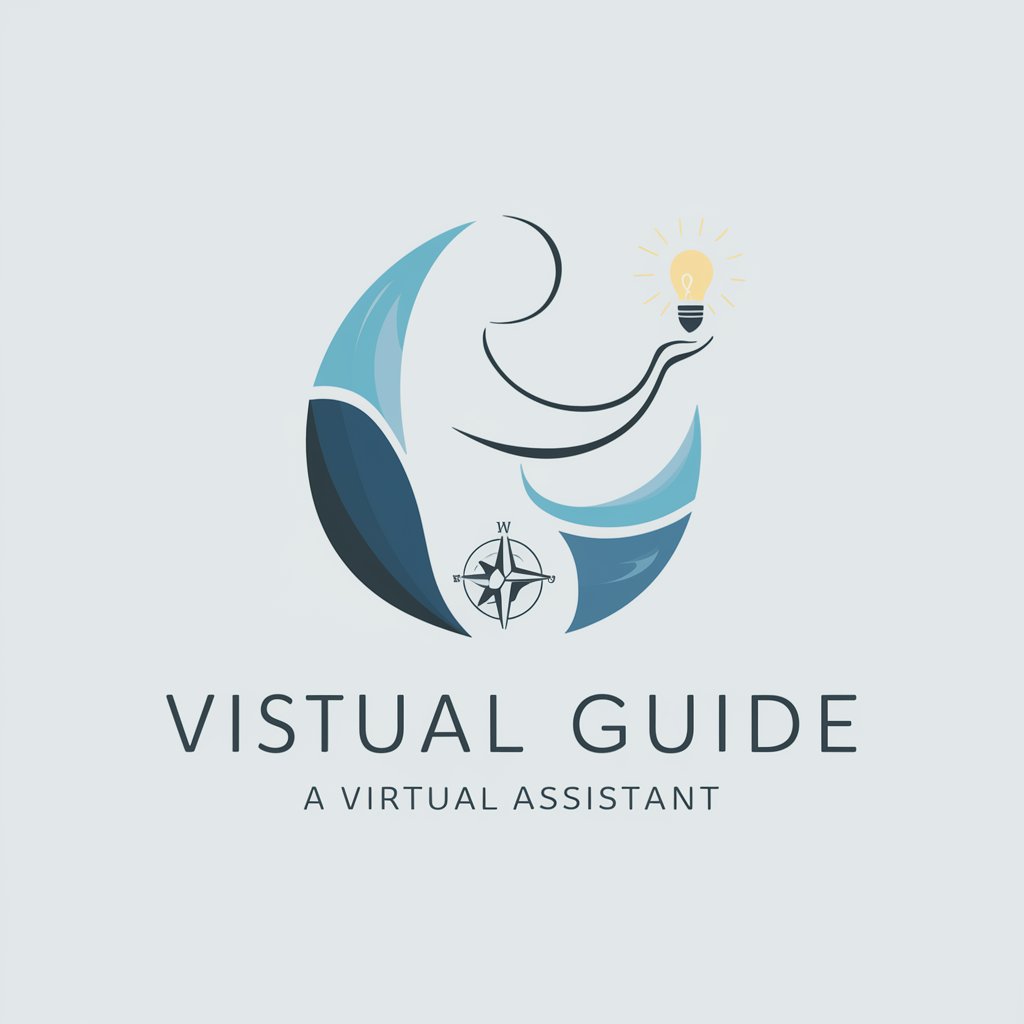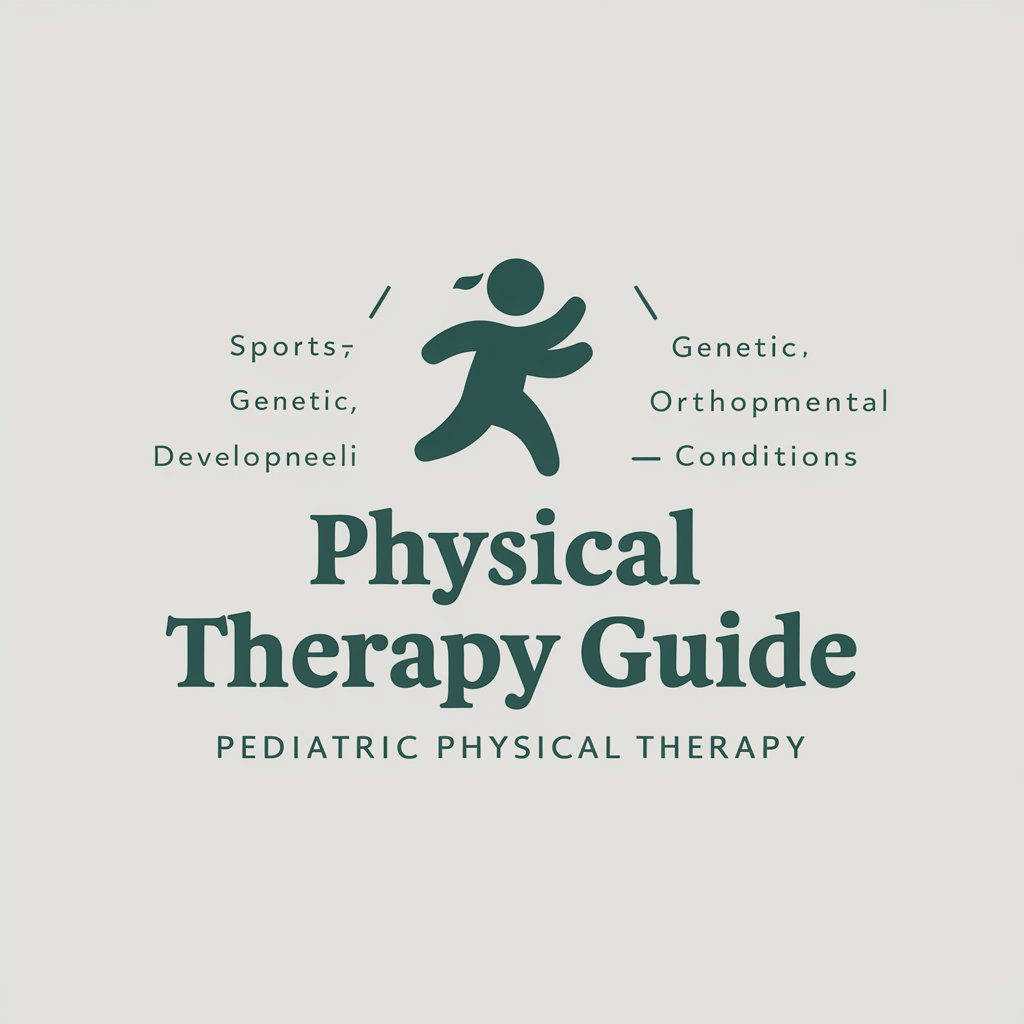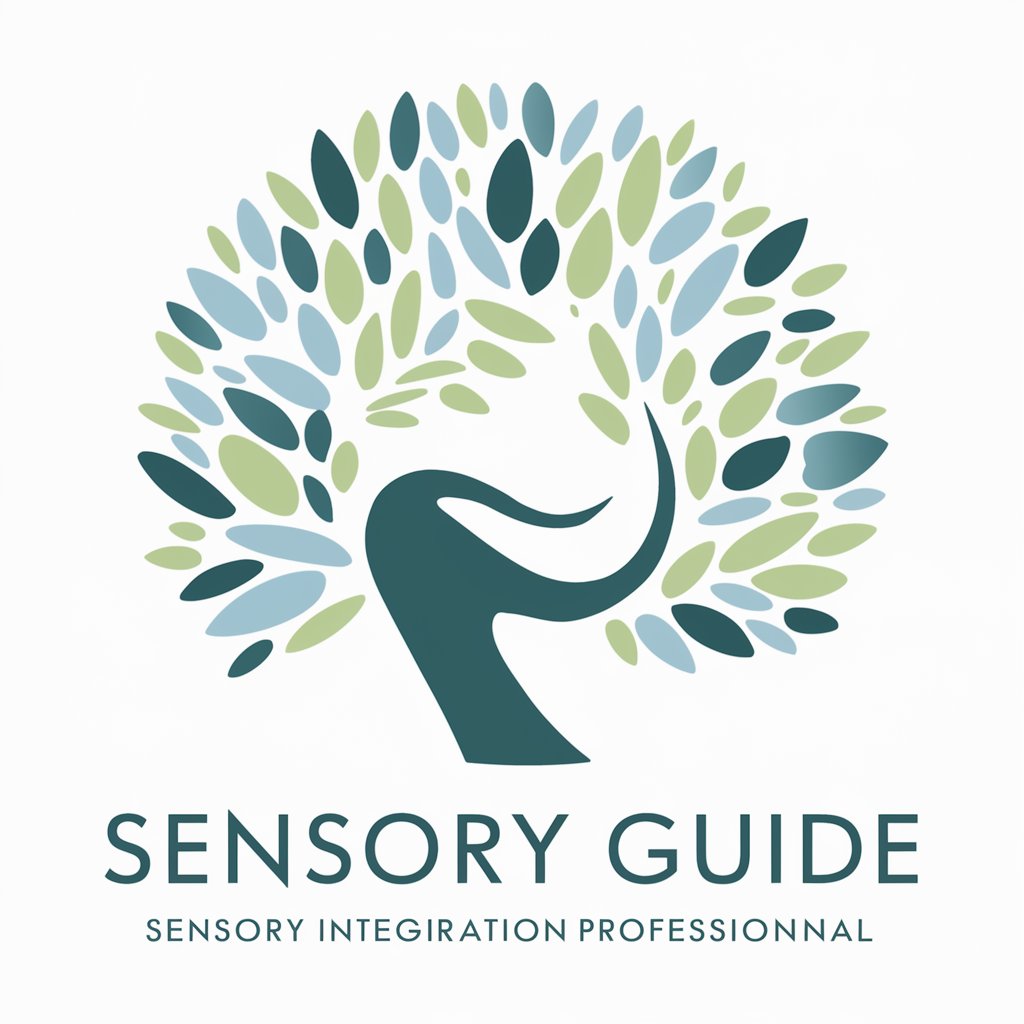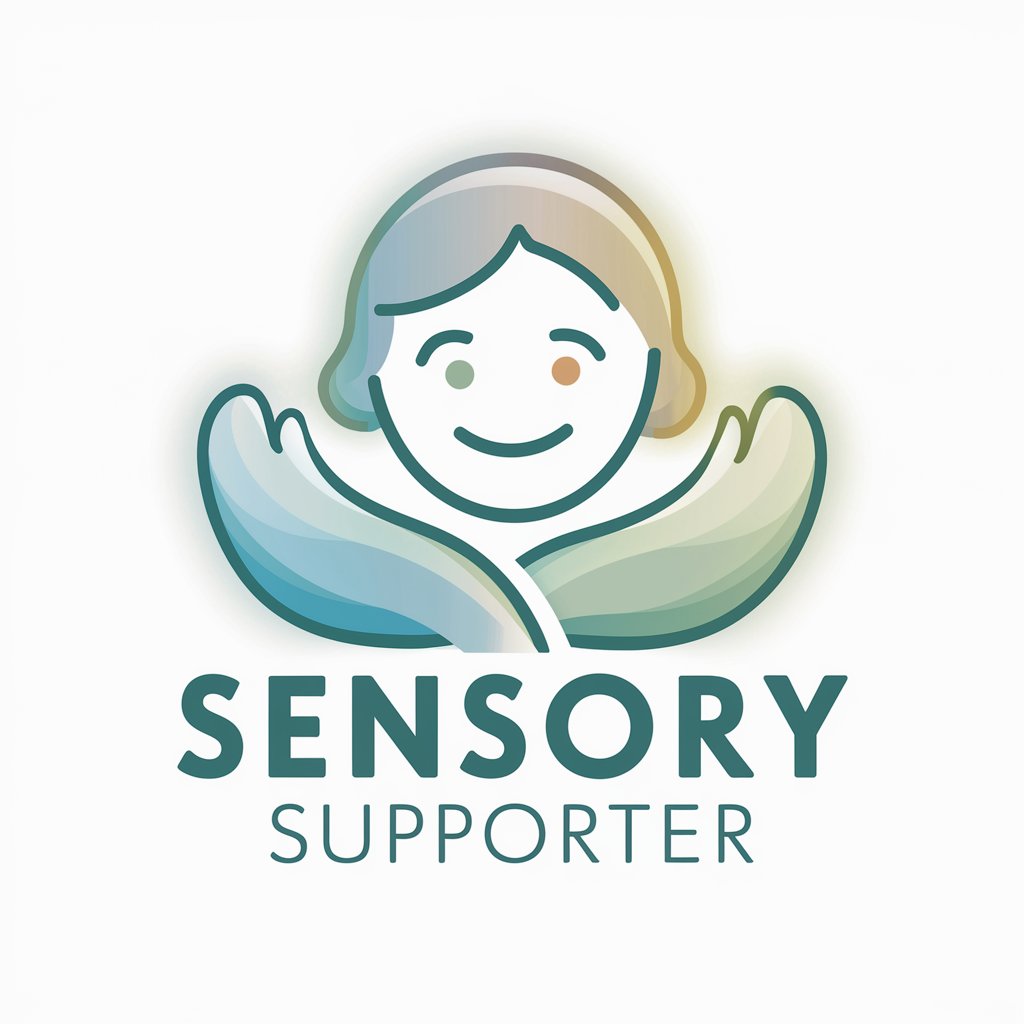
Sensory Integration Guide - Tailored Sensory Integration Support
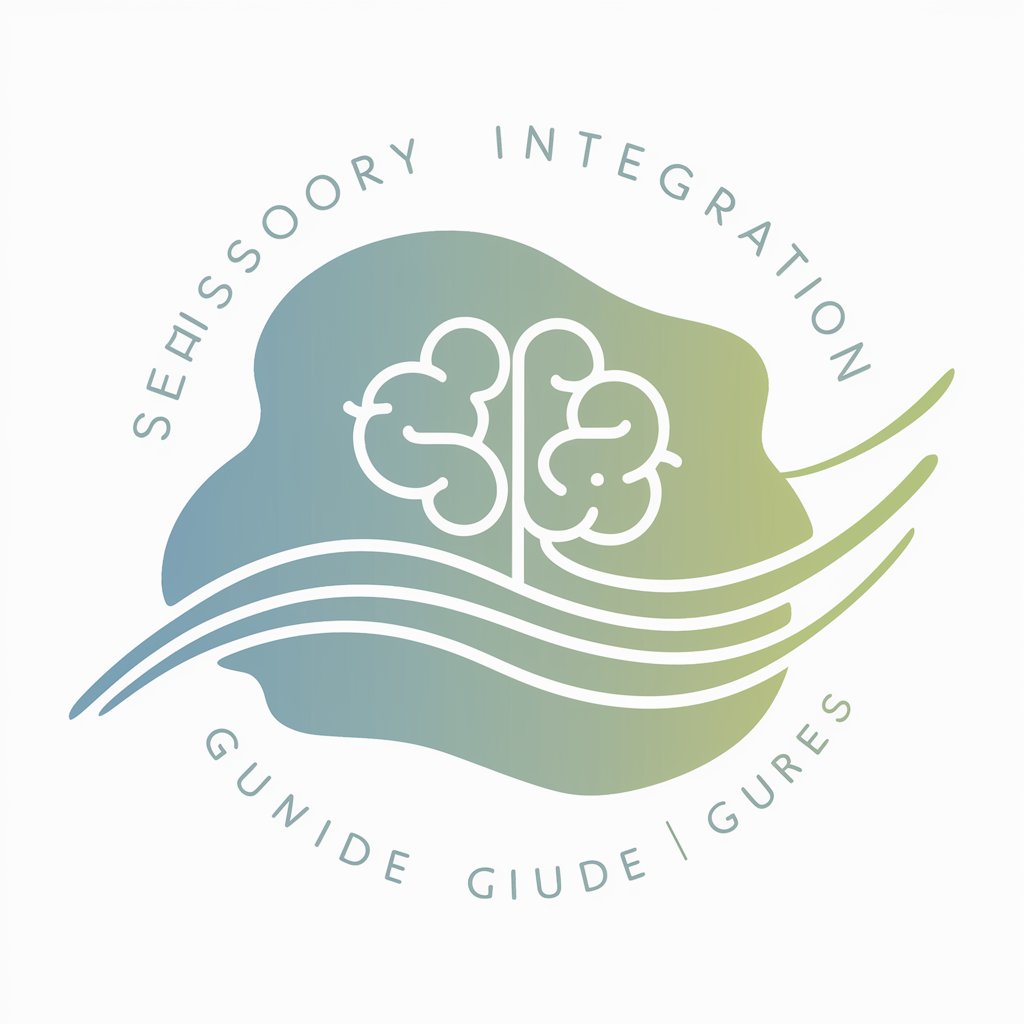
Welcome! I'm here to help with personalized sensory integration advice.
Empowering Sensory Integration with AI
Can you describe specific sensory challenges faced in daily activities?
What types of sensory activities does the individual enjoy or dislike?
How does the individual respond to different textures, sounds, and lights?
Are there any particular situations that seem to overwhelm or calm the individual?
Get Embed Code
Overview of Sensory Integration Guide
The Sensory Integration Guide is designed as a comprehensive assistant to support individuals with Sensory Processing Disorder (SPD) and those involved in their care or education. It provides tailored advice, strategies, and activities to enhance sensory integration, which is crucial for individuals who experience difficulties processing sensory information. This tool aims to facilitate a better understanding and management of sensory challenges, offering personalized recommendations based on unique sensory profiles. For example, if a child is overwhelmed by loud noises, the guide could suggest strategies for noise desensitization or recommend specific noise-cancelling headphones, illustrating how environmental modifications can aid sensory integration. Powered by ChatGPT-4o。

Key Functions of Sensory Integration Guide
Personalized Sensory Strategies
Example
Creating a sensory diet for a child who seeks tactile stimulation
Scenario
For a child who benefits from tactile input, the guide might recommend activities like playing with sensory bins or using fidget tools to help them stay focused and calm, illustrating the importance of incorporating specific sensory activities into their daily routine.
Environmental Adaptation Recommendations
Example
Suggesting changes in lighting for individuals sensitive to bright lights
Scenario
For someone who is easily overwhelmed by bright or fluorescent lighting, the guide could advise on the use of natural lighting, dimmer switches, or the selection of specific types of light bulbs that are less likely to cause discomfort, showing how environmental adjustments can support sensory needs.
Educational Resources and Support
Example
Providing information on sensory-friendly teaching strategies
Scenario
For educators working with students with SPD, the guide might offer strategies such as incorporating movement breaks, using visual schedules, or creating a quiet corner in the classroom, demonstrating how to make learning environments more inclusive for sensory-sensitive individuals.
Who Can Benefit from Sensory Integration Guide
Parents and Caregivers
Individuals caring for children or dependents with sensory processing challenges can utilize the guide to understand and support their loved one's sensory needs, enabling them to create a nurturing and accommodating home environment.
Educators and Therapists
Professionals working in educational or therapeutic settings can leverage the guide to enhance their approach to teaching or therapy, incorporating sensory integration techniques that cater to the diverse needs of their students or clients.
Individuals with Sensory Processing Challenges
Adults and older children who experience sensory processing difficulties can directly benefit from the guide by gaining insights into managing their sensory environment, advocating for their needs, and employing strategies to navigate daily life more comfortably.

Using the Sensory Integration Guide
Start Your Journey
Begin by visiting yeschat.ai for an unrestricted trial, accessible without the need for login or subscription to ChatGPT Plus.
Identify Sensory Needs
Provide details about the individual's sensory preferences, aversions, and any known sensory processing challenges to tailor the advice accurately.
Explore Recommendations
Utilize the provided insights to explore personalized sensory integration strategies, activities, and therapy suggestions.
Apply Strategies
Implement the recommended sensory integration techniques in daily routines or therapeutic settings, observing their effectiveness.
Monitor and Adjust
Regularly assess the impact of these strategies, making adjustments as necessary to better suit the individual's evolving sensory needs.
Try other advanced and practical GPTs
Associations - Game
Boost your brainpower with AI-driven associations.

Personal Finance Advisor
AI-Powered Financial Advising

Sales Objection Mentor
Overcome Sales Objections with AI-Powered Advice
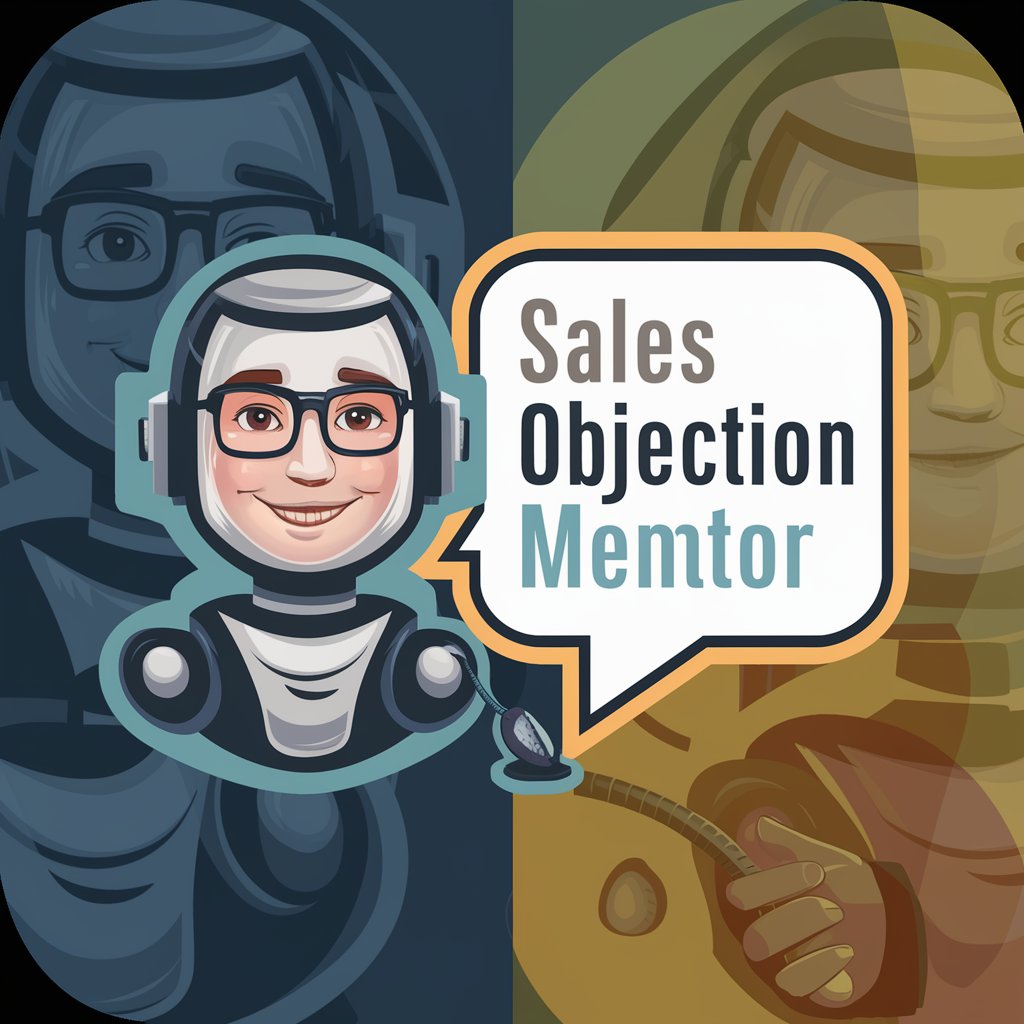
Narran
Uncover the world's hidden gems with AI

BusinessGPS.ai
Navigating Change with AI Insight

Mandarin Mentor
AI-powered Mandarin language coaching.

Holistic Health Planner
AI-powered holistic health transformation

SoloSpark
Empowering Solopreneurs with AI

Kinästhetik-GPT
Empowering Movement with AI

Pregnancy Pal
Empowering Your Pregnancy Journey with AI
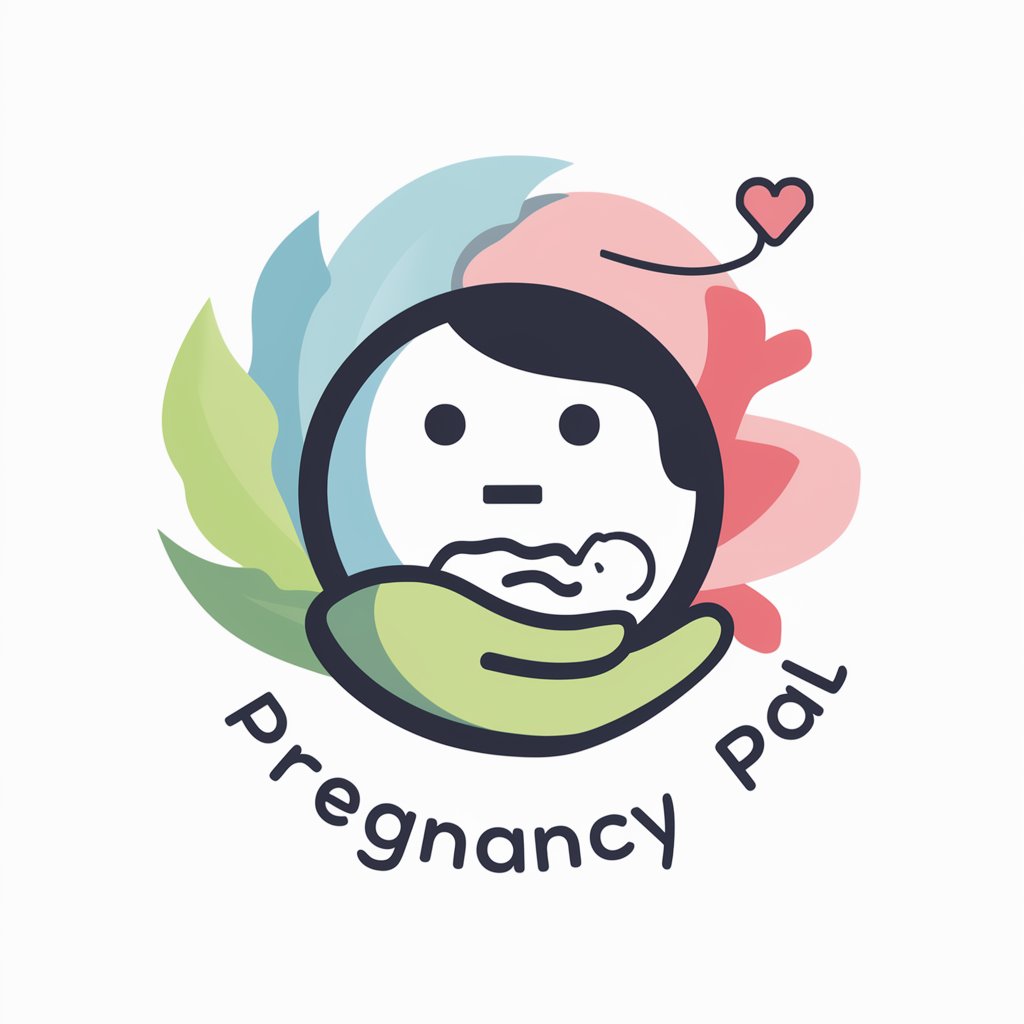
Home Gardening Expert
Cultivate Your Garden with AI Insight

MBAi
Empowering business leadership with AI

Frequently Asked Questions about the Sensory Integration Guide
What is a Sensory Integration Guide?
A Sensory Integration Guide is a tool designed to assist individuals with sensory processing differences by offering personalized strategies and activities to help integrate sensory information more effectively.
Who can benefit from using the Sensory Integration Guide?
Children and adults with sensory processing disorder (SPD), autism spectrum disorder (ASD), ADHD, and other conditions that affect sensory integration can benefit from using this tool.
How does the Sensory Integration Guide tailor recommendations?
By analyzing input on an individual's specific sensory sensitivities, preferences, and challenges, the guide offers tailored advice on therapy techniques, sensory-friendly activities, and environmental adjustments.
Can the Sensory Integration Guide be used in educational settings?
Yes, educators can use the guide to create sensory-friendly learning environments and incorporate sensory integration activities into their teaching strategies to support diverse learners.
How often should one consult the Sensory Integration Guide?
Regular use is recommended to adjust strategies as the individual's sensory needs evolve. Periodic consultation can help refine approaches to sensory integration, ensuring ongoing support.

